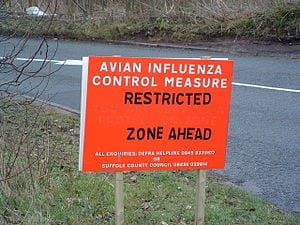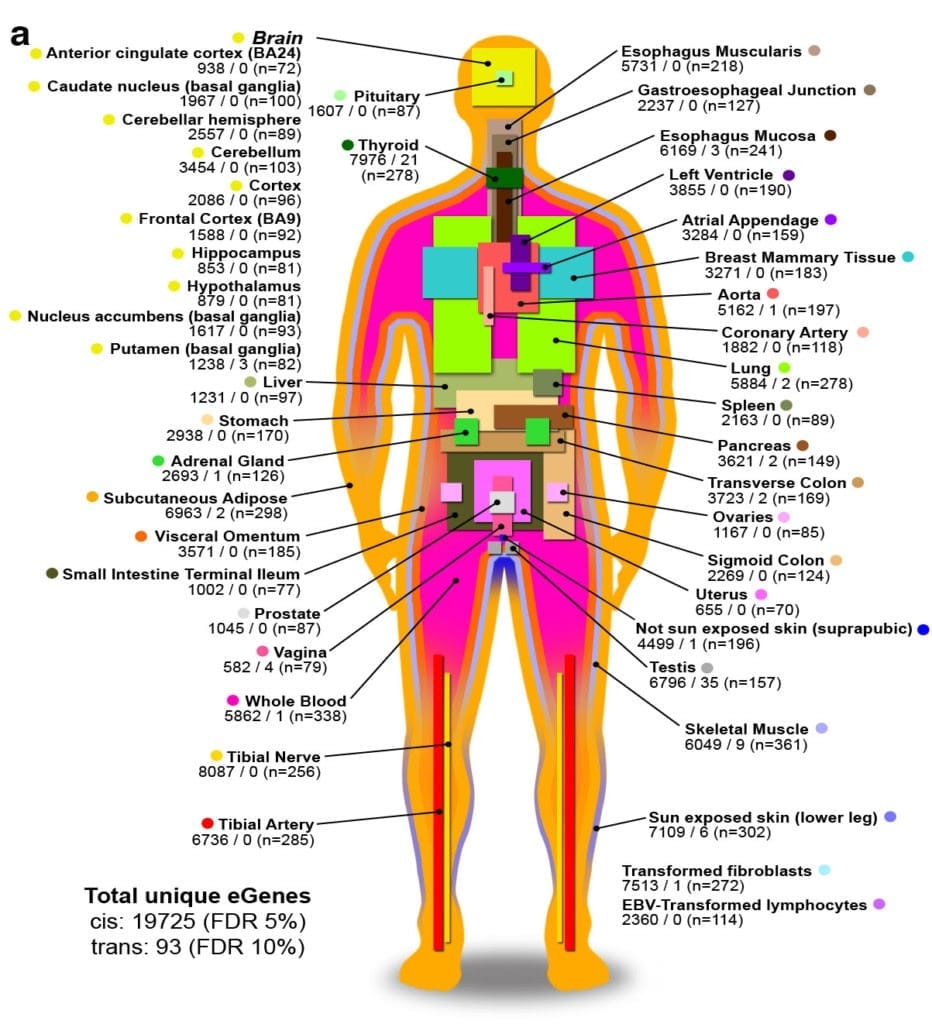
A seasonal flu shot is a bit like a local weather forecast: Based on the conditions elsewhere and the direction of the prevailing wind, a meteorologist can give the public a pretty good idea of what to expect in the near future. Experts who track influenza’s intercontinental travels basically do the same thing.
“Epidemiologists monitor what strains of influenza are circulating in Southeast Asia. … they usually choose three or four of them, and they predict what the prevailing circulating strains will be,” said David Putnam, associate professor in the Nancy E. and Peter C. Meinig School of Biomedical Engineering.
“Usually they’re right, but sometimes they’re wrong,” Putnam said, “and it changes every year because proteins in the virus mutate.”
But certain proteins in the influenza virus remain constant year after year. And Putnam and Matt DeLisa, the William L. Lewis Professor of Engineering in the Robert Frederick Smith School of Chemical and Biomolecular Engineering, are taking one of those conserved proteins, Matrix-2 (M2), and packaging it in a nanoscale, controlled-release “capsule” in an attempt to create a quick-acting, long-lasting, multi-strain vaccine against pandemic influenza A.
The capsule is a bacterial outer membrane vesicle (OMV), which DeLisa and Putnam have developed collaboratively for several years. The OMV is a membrane-based nanostructure, in this case engineered from nonpathogenic E. coli, whose outer surface mimics the cell from which it originated.
Their paper, “A Single Dose and Long-Lasting Vaccine Against Pandemic Influenza Through the Controlled Release of a Heterospecies Tandem M2 Sequence Embedded Within Detoxified Bacterial Outer Membrane Vesicles,” appears in the journal Vaccine. First author is Hannah Watkins, Ph.D. ’17, now a postdoctoral researcher at the Massachusetts Institute of Technology.
The influenza A virus is a moving target. It changes year to year, and can morph into a pandemic – infectious across a large region – strain that can put the general population at risk. The Putnam-DeLisa team is leveraging the versatility of OMVs, which have shown promise against other deadly pathogens, to create a single-shot vaccine.
The M2 protein is found evolutionarily in the influenza sequence in birds, pigs and humans, so the group took two sequences from birds, one from pigs and one from humans, and assembled them into one multitarget antigen.
“So even if, say, the human strain mutates,” Putnam said, “we know where it came from and it’s going to look like the other two. We kind of covered all the bases.”
In testing, mice infected with the influenza A virus developed high antibody counts just four weeks after vaccination, compared with eight weeks from a typical multishot (prime/boost) vaccine regimen. And the protection was long-lasting: After six months, all of the test mice given the OMV vaccine survived a lethal influenza A infection.
Six months is approximately 25 percent of the typical life expectancy for a mouse, so Putnam thinks it is likely that this OMV-based vaccine would be long-lasting for humans, too.
“Even if we have to give a booster shot every 10 years, like tetanus, that’s still very good,” he said. “Theoretically it should last a long time.”
Additionally, since the vaccine cocktail is encapsulated in a bacterial vesicle, there’s no need for an adjuvant – an agent that’s added to most vaccines to boost the body’s immune response. The immune response is enhanced by the bacteria from which the OMV is derived.
“As a result, formulating and manufacturing of controlled-release OMVs should be more cost-effective,” DeLisa said.
Learn more: A new kind of influenza vaccine: One shot might do the trick
The Latest on: Multi-strain flu vaccine
[google_news title=”” keyword=”multi-strain flu vaccine” num_posts=”10″ blurb_length=”0″ show_thumb=”left”]- The Evolving History of Influenza Viruses and Influenza Vaccineson May 9, 2024 at 4:59 pm
Improvements in the production, safety and strain selection processes were then made, which led to the improved performance of influenza vaccine. Box 1. Current nomenclature for influenza viruses ...
- Flu vaccine: Should you get it? Find out with this quick Q&Aon May 7, 2024 at 5:00 pm
The World Health Organisation recommends the flu vaccine…here’s everything you need to know about the annual jab: Flu vaccinations are currently available at most healthcare providers ...
- Cold and Flu Newson May 7, 2024 at 5:00 pm
Mar. 26, 2024 — Simply asking patients to get the flu vaccine, and combining it with helpful video and print messages, is enough to persuade many who visit emergency departments to roll up their ...
- Swine Flu Newson May 7, 2024 at 5:00 pm
Nov. 25, 2022 — An experimental mRNA-based vaccine against all 20 known subtypes of influenza virus provided broad protection from otherwise lethal flu strains in ... Flu Shots Can Protect ...
- Bird Flu: U.S. Could Produce and Ship 100 Million Vaccine Doses Within Monthson May 6, 2024 at 4:59 pm
But the strain of influenza has the potential to mutate, so federal health officials are already thinking ahead toward a potential vaccine. The country has two candidate vaccine viruses available ...
- Bird Flu In Dairy Cows: How Worried Should We Be?on May 3, 2024 at 2:55 am
The US is experiencing a multi-state bird flu (H5N1) outbreak in dairy cows, with milk the primary vector for their infection ...
- Universal Flu Vaccine May No Longer Be a Long Shoton May 1, 2024 at 5:00 pm
due to the sheer quantity of flu strains, only some of them are included in each year’s flu shot. To broaden the function of flu vaccines, Heaton’s team now reports the development of “an ...
- Fewer flu shots: Duke researchers working toward a vaccine that could last for yearson May 1, 2024 at 11:01 am
Current annual flu shots offer protection for roughly six months due to mutations in the virus and varying strains that circulate each flu season. Scientists predict a universal flu vaccine could ...
- Bird flu in cattle: A step closer to humans or a random event?on April 26, 2024 at 12:03 pm
Scientists have kept a wary eye on H5N1 bird flu as the virus has swept around the world in recent years, infecting numerous mammalian species along the way. Now the virus has been found in US cattle.
- Is There a Vaccine for H5N1 Influenza?on April 22, 2024 at 3:33 pm
On the heels of a multi-state outbreak of highly ... with industry partners to make and test updated vaccines that match new strains of influenza viruses with pandemic potential as they emerge ...
via Google News and Bing News










